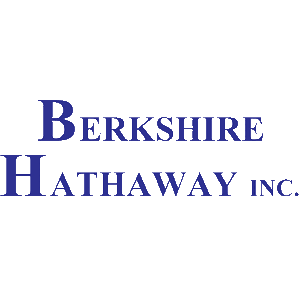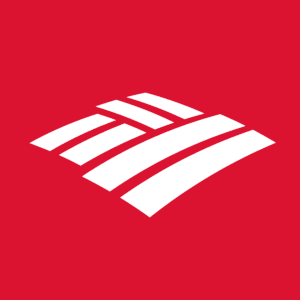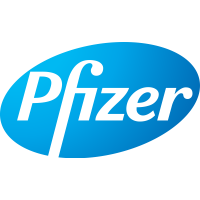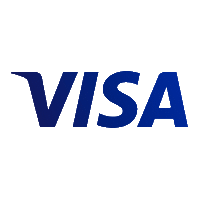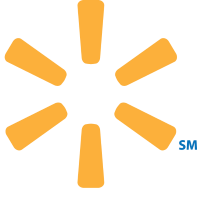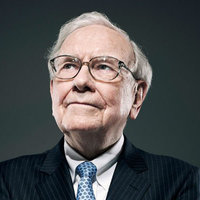Anxian Yuan China Holdings Ltd
HKEX:922
Profitability Summary
Anxian Yuan China Holdings Ltd's profitability score is 53/100. We take all the information about a company's profitability (such as its margins, capital efficiency, free cash flow generating ability, and more) and consolidate it into one single number - the profitability score. The higher the profitability score, the more profitable the company is.
Score
We take all the information about a company's profitability (such as its margins, capital efficiency, free cash flow generating ability, and more) and consolidate it into one single number - the profitability score. The higher the profitability score, the more profitable the company is.
We take all the information about a company's profitability (such as its margins, capital efficiency, free cash flow generating ability, and more) and consolidate it into one single number - the profitability score. The higher the profitability score, the more profitable the company is.
Score
Score
Margins
Profit margins represent what percentage of sales has turned into profits. Simply put, the percentage figure indicates how many cents of profit the company has generated for each dollar of sale.
Profit margins help investors assess if a company's management is generating enough profit from its sales and whether operating costs and overhead costs are being contained.
Earnings Waterfall
Anxian Yuan China Holdings Ltd
|
Revenue
|
236.4m
HKD
|
|
Cost of Revenue
|
-63.4m
HKD
|
|
Gross Profit
|
173m
HKD
|
|
Operating Expenses
|
-101m
HKD
|
|
Operating Income
|
72m
HKD
|
|
Other Expenses
|
-21m
HKD
|
|
Net Income
|
51.1m
HKD
|
Margins Comparison
Anxian Yuan China Holdings Ltd Competitors
| Country | Company | Market Cap |
Gross Margin |
Operating Margin |
Net Margin |
||
|---|---|---|---|---|---|---|---|
| HK |
A
|
Anxian Yuan China Holdings Ltd
HKEX:922
|
308.8m HKD |
73%
|
30%
|
22%
|
|
| PH |
G
|
Golden MV Holdings Inc
XPHS:HVN
|
1.5T PHP |
66%
|
41%
|
34%
|
|
| AU |

|
Slater & Gordon Ltd
ASX:SGH
|
18.6B AUD |
37%
|
13%
|
5%
|
|
| US |

|
Service Corporation International
NYSE:SCI
|
11.1B USD |
26%
|
23%
|
12%
|
|
| US |
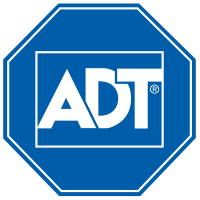
|
ADT Inc
NYSE:ADT
|
6.4B USD |
81%
|
25%
|
13%
|
|
| US |
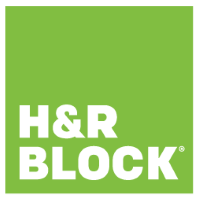
|
H & R Block Inc
NYSE:HRB
|
5.4B USD |
45%
|
23%
|
16%
|
|
| US |
S
|
StubHub Holdings Inc
NYSE:STUB
|
4B USD |
83%
|
6%
|
-9%
|
|
| US |

|
Frontdoor Inc
NASDAQ:FTDR
|
3.7B USD |
55%
|
21%
|
13%
|
|
| BS |

|
Onespaworld Holdings Ltd
NASDAQ:OSW
|
2.1B USD |
17%
|
9%
|
8%
|
|
| US |

|
Pinelawn Cemetery
OTC:PLWN
|
2B USD | N/A | N/A | N/A | |
| US |

|
Mister Car Wash Inc
NYSE:MCW
|
1.6B USD |
0%
|
19%
|
9%
|
Return on Capital
Return on capital ratios give a sense of how well a company is using its capital (equity, assets, capital employed, etc.) to generate profits (operating income, net income, etc.). In simple words, these ratios show how much income is generated for each dollar of capital invested.
Return on Capital Comparison
Anxian Yuan China Holdings Ltd Competitors
| Country | Company | Market Cap | ROE | ROA | ROCE | ROIC | ||
|---|---|---|---|---|---|---|---|---|
| HK |
A
|
Anxian Yuan China Holdings Ltd
HKEX:922
|
308.8m HKD |
5%
|
4%
|
6%
|
5%
|
|
| PH |
G
|
Golden MV Holdings Inc
XPHS:HVN
|
1.5T PHP |
10%
|
4%
|
8%
|
5%
|
|
| AU |

|
Slater & Gordon Ltd
ASX:SGH
|
18.6B AUD |
12%
|
4%
|
13%
|
7%
|
|
| US |

|
Service Corporation International
NYSE:SCI
|
11.1B USD |
33%
|
3%
|
6%
|
4%
|
|
| US |

|
ADT Inc
NYSE:ADT
|
6.4B USD |
17%
|
4%
|
9%
|
6%
|
|
| US |

|
H & R Block Inc
NYSE:HRB
|
5.4B USD |
-132%
|
23%
|
47%
|
32%
|
|
| US |
S
|
StubHub Holdings Inc
NYSE:STUB
|
4B USD |
-6%
|
-1%
|
1%
|
1%
|
|
| US |

|
Frontdoor Inc
NASDAQ:FTDR
|
3.7B USD |
91%
|
15%
|
31%
|
28%
|
|
| BS |

|
Onespaworld Holdings Ltd
NASDAQ:OSW
|
2.1B USD |
13%
|
10%
|
13%
|
12%
|
|
| US |

|
Pinelawn Cemetery
OTC:PLWN
|
2B USD | N/A | N/A | N/A | N/A | |
| US |

|
Mister Car Wash Inc
NYSE:MCW
|
1.6B USD |
9%
|
3%
|
7%
|
5%
|
Free Cash Flow
Free cash flow (FCF) is the money a company has left over after paying its operating expenses and capital expenditures. The more free cash flow a company has, the more it can allocate to dividends, paying down debt, and growth opportunities.
If a company has a decreasing free cash flow, that is not necessarily bad if the company is investing in its growth.



